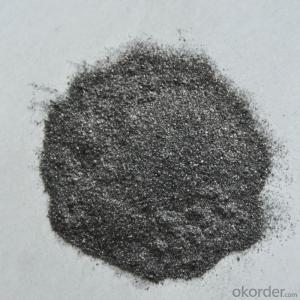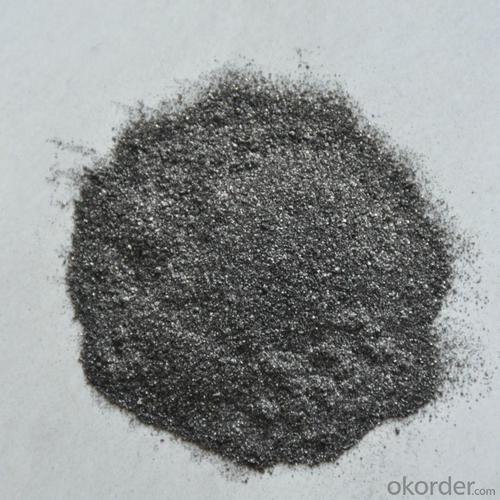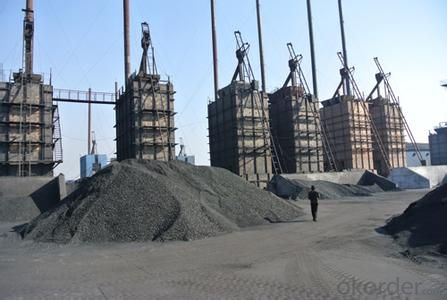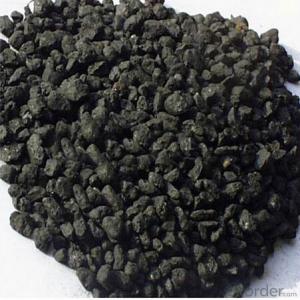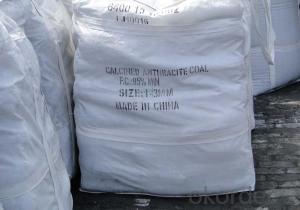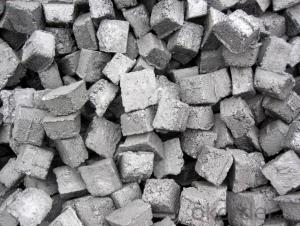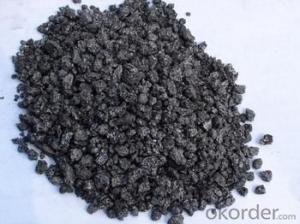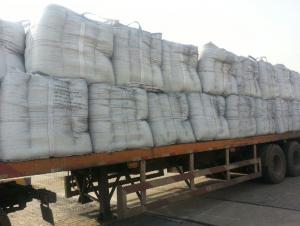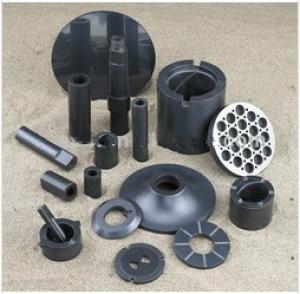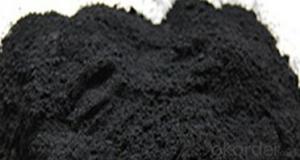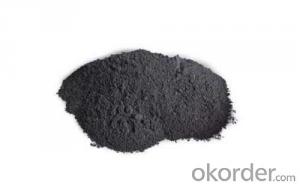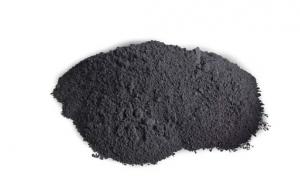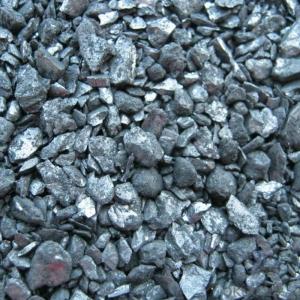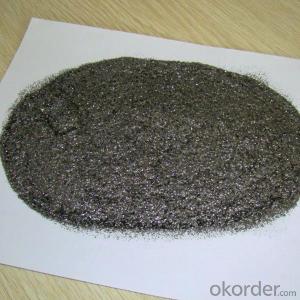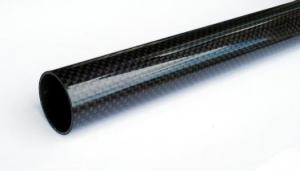Natural Flake Graphite Carbon Product For Industry
- Loading Port:
- Qingdao
- Payment Terms:
- TT OR LC
- Min Order Qty:
- 10 m.t
- Supply Capability:
- 5000000 m.t/month
OKorder Service Pledge
OKorder Financial Service
You Might Also Like
Specifications of Natural Flake Graphite:
F.C:80%min-98%min Size:+80mesh,+100mesh,-100mesh.
- Description & Application:
Widely applied to high quality fire resistance material and coating of metallurgy industry, hot working
material stabilizer of military industry, lead of light industry, carbon brush of electrical industry, electrode of
battery industry, and catalyzer and additive of fertilizer industry. After further process, scale graphite can be
made into the following high-tech products such as graphite colloidal graphite, graphite compacting material
and composite material, graphite products, and graphite anti-friction additive, which are becoming important
nonmetal mineral materials in every industry.
- Technical Specification:
ITEM | F.C %(min) | V.M %(max) | ASH %(max) | MOISTURE %(max) | SIZE |
-198 | 98 | 1.0 | 1.0 | 0.5 | -100mesh |
+198 | 98 | 1.0 | 1.0 | 0.5 | +100mesh |
-197 | 97 | 1.2 | 1.8 | 0.5 | -100mesh |
+197 | 97 | 1.2 | 1.8 | 0.5 | +100mesh |
-196 | 96 | 1.2 | 2.8 | 0.5 | -100mesh |
+196 | 96 | 1.2 | 2.8 | 0.5 | +100mesh |
-195 | 95 | 1.2 | 3.8 | 0.5 | -100mesh |
+195 | 95 | 1.2 | 3.8 | 0.5 | +100mesh |
-194 | 94 | 1.2 | 4.8 | 0.5 | -100mesh |
+194 | 94 | 1.2 | 4.8 | 0.5 | +100mesh |
-193 | 93 | 1.5 | 5.5 | 0.5 | -100mesh |
+193 | 93 | 1.5 | 5.5 | 0.5 | +100mesh |
-192 | 92 | 1.5 | 6.5 | 0.5 | -100mesh |
+192 | 92 | 1.5 | 6.5 | 0.5 | +100mesh |
-190 | 90 | 2.0 | 8.0 | 0.5 | -100mesh |
+190 | 90 | 2.0 | 8.0 | 0.5 | +100mesh |
-185 | 85 | 2.5 | 12.5 | 0.5 | -100mesh |
+185 | 85 | 2.5 | 12.5 | 0.5 | +100mesh |
-180 | 80 | 3.0 | 17.0 | 1 | -100mesh |
+180 | 80 | 3.0 | 17.0 | 1 | +100mesh |
+897 | 97 | 1.2 | 1.8 | 0.5 | +80mesh |
+896 | 96 | 1.2 | 2.8 | 0.5 | +80mesh |
+895 | 95 | 1.2 | 3.8 | 0.5 | +80mesh |
+894 | 94 | 1.2 | 4.8 | 0.5 | +80mesh |
+892 | 92 | 1.5 | 6.5 | 0.5 | +80mesh |
+890 | 90 | 2.0 | 8.0 | 0.5 | +80mesh
|
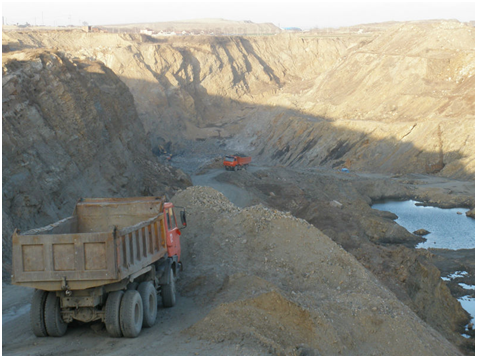

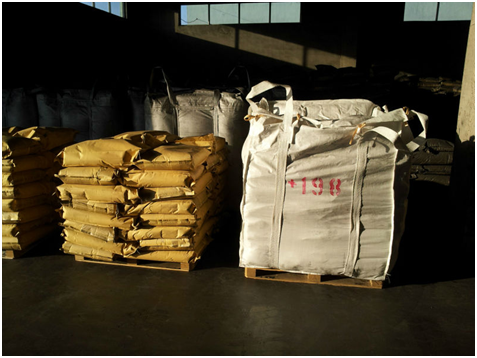
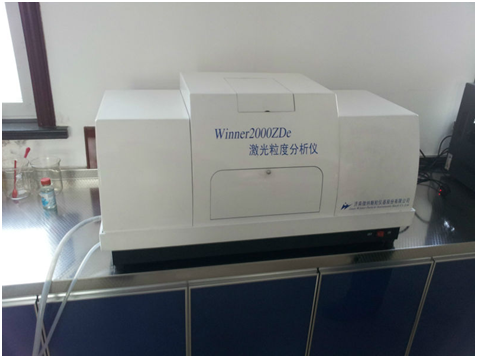
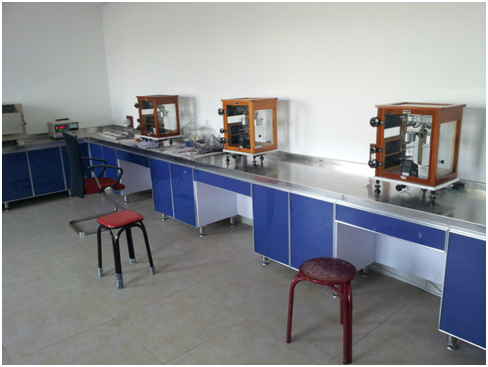
- Q: What are the potential uses of carbon nanomaterials in medicine?
- Carbon nanomaterials have shown great promise in the field of medicine due to their unique properties. One potential use of carbon nanomaterials is in drug delivery systems. Their high surface area-to-volume ratio allows for efficient loading and release of therapeutic agents, enabling targeted and controlled drug delivery. This could lead to more effective treatments with reduced side effects. Another potential use is in medical imaging. Carbon nanomaterials, such as carbon nanotubes and graphene, have excellent optical and electrical properties that can enhance imaging techniques like MRI and CT scans. This could improve the accuracy and resolution of medical imaging, enabling better diagnosis and monitoring of diseases. Carbon nanomaterials also have antibacterial properties which can be utilized in wound healing and infection control. Nanostructured carbon materials can effectively kill bacteria and prevent the formation of biofilms, which are often resistant to conventional antibiotics. This could potentially revolutionize the treatment of infections, especially those caused by antibiotic-resistant bacteria. Furthermore, carbon nanomaterials have the potential to be used in tissue engineering and regenerative medicine. Their biocompatibility, mechanical strength, and electrical conductivity make them suitable for creating scaffolds to support tissue growth and promote regeneration. Carbon nanomaterials could also be used to enhance the electrical stimulation of tissues, aiding in nerve regeneration and improving the functionality of artificial organs. In addition to these applications, carbon nanomaterials have been explored for their ability to detect and monitor diseases at an early stage. Their unique electronic and optical properties can be utilized in biosensors and diagnostic devices, allowing for sensitive and specific detection of biomarkers associated with various diseases. While the potential uses of carbon nanomaterials in medicine are vast, it is important to note that further research and development are required to ensure their safety, efficacy, and long-term effects. Regulatory considerations and ethical concerns surrounding the use of nanomaterials in medicine also need to be addressed. Nonetheless, the promising capabilities of carbon nanomaterials offer hope for more advanced and personalized medical treatments in the future.
- Q: Why is the solubility of carbon in austenite larger than that in ferrite?
- Its properties are similar to that of pure iron, and its plasticity and toughness are good, and its strength and hardness are low. It is usually massive or flaky in steel.The austenite structure is a face centered cubic lattice with a gap radius (0.414~0.225). Because of the larger size of the lattice gap, the solubility of carbon in gamma -Fe is relatively large. It has good plasticity.
- Q: What is carbon PC?
- Polycarbonate (PC), polycarbonate is a molecular chain containing [O-R-O-CO] chain thermoplastic resin according to the molecular structure of the ester can be divided into aliphatic, alicyclic and aromatic type of fat, which has the practical value of the aromatic polycarbonate, and bisphenol A polycarbonate as the most important, molecular weight is usually 3-10 million.Polycarbonate, English Polycarbonate, referred to as PC.PC is a kind of amorphous, odorless, non-toxic, highly transparent colorless or slightly yellow thermoplastic engineering plastics, has excellent physical and mechanical properties, especially excellent shock resistance, tensile strength, bending strength, compressive strength and high creep; small size is stable; good heat resistance and low temperature resistance, mechanical properties, stability in a wide range of temperature dimensional stability, electrical properties and flame retardant properties, can be used for a long time at -60~120 deg.c; no obvious melting point, a molten state at 220-230 DEG C; the molecular chain rigidity, melt viscosity and high water absorption resin; small, small shrinkage, high precision, good dimensional stability, permeability of films is small; self extinguishing materials; stable to light, but not UV resistance, good weather resistance; oil resistance, acid and alkali resistance, no oxygen acid and amine, Ketones are soluble in chlorinated hydrocarbons and aromatic solvents. They are easy to cause hydrolysis and cracking in water for a long time. Because of their poor fatigue resistance, they are prone to stress cracking, poor solvent resistance and poor wear resistance
- Q: What is carbon nanowire?
- Carbon nanowires, composed entirely of carbon atoms, are structures that exist in one dimension. They possess an incredibly thin nature, with diameters ranging from a few nanometers to a few micrometers, while their length can vary from a few micrometers to several centimeters. This exceptional thinness is due to their unique structure and composition, resulting in outstanding electrical, thermal, and mechanical properties. Various methods, such as chemical vapor deposition, electrospinning, or template synthesis, can be employed to produce carbon nanowires. They can exhibit different structures, including single-walled or multi-walled, and can be either straight or coiled. Additionally, the incorporation of other elements or functional groups into their structure can further enhance their properties. An important advantage of carbon nanowires is their remarkable electrical conductivity, which makes them suitable for a variety of electronic and energy applications. They can serve as interconnects in nanoscale devices, function as electrodes in energy storage devices like batteries and supercapacitors, and possess exceptional sensitivity for detecting various substances when used as sensors. Furthermore, carbon nanowires display exceptional mechanical properties, such as high tensile strength and flexibility. These characteristics enable their use in nanotechnology applications, including reinforcement in composite materials, as nanoscale actuators, or as templates for fabricating other nanoscale structures. In addition to their electrical and mechanical properties, carbon nanowires also possess excellent thermal conductivity. This makes them potential candidates for applications in thermal management, such as heat sinks or as fillers in thermal interface materials. In conclusion, carbon nanowires are thin carbon-based structures with outstanding electrical, thermal, and mechanical properties. Their unique characteristics make them highly promising materials for a wide range of applications in electronics, energy, sensing, nanotechnology, and thermal management.
- Q: How is carbon used in the steel industry?
- Carbon is used in the steel industry as an essential element for the production of steel. It is added to iron during the steelmaking process to increase the strength and hardness of the final product. By controlling the carbon content, different types of steel with varying properties can be produced, such as high carbon steel for tools or low carbon steel for structural applications.
- Q: How is carbon used in the water treatment process?
- Carbon is used in the water treatment process as a highly effective adsorbent to remove organic compounds, chemicals, and impurities from water. It acts as a filter by trapping contaminants on its surface, improving the taste and odor of water and making it safe for consumption.
- Q: How does carbon affect the melting of polar ice caps?
- Carbon affects the melting of polar ice caps by contributing to global warming. As carbon dioxide levels increase in the atmosphere, it acts as a greenhouse gas, trapping heat and causing the Earth's temperature to rise. This leads to the melting of polar ice caps, as the increased temperatures accelerate the melting process, causing the ice to melt at a faster rate.
- Q: How does carbon impact the prevalence of heatwaves?
- Carbon impacts the prevalence of heatwaves by contributing to the greenhouse effect. When carbon dioxide and other greenhouse gases are released into the atmosphere, they trap heat from the sun, leading to a rise in global temperatures. This increase in temperature makes heatwaves more frequent, intense, and longer-lasting, posing significant risks to human health, ecosystems, and infrastructure.
- Q: What is the difference between carbon nanomaterials and nano carbon materials?
- Carbon nanomaterials are a general term for carbon nanotubes, carbon nanofibers, and so on. Therefore, there are differences and connections between these two statements.
- Q: The same manufacturer of different types of badminton rackets on the logo, but the two materials in the end what is the difference?
- There are two main components of a racket. One is carbon fiber, and the other is resin. From this point of view, there is no difference.The difference between rigidity and elasticity lies in the difference in resin and the way in which fibers are arranged when carbon fibers are added
Send your message to us
Natural Flake Graphite Carbon Product For Industry
- Loading Port:
- Qingdao
- Payment Terms:
- TT OR LC
- Min Order Qty:
- 10 m.t
- Supply Capability:
- 5000000 m.t/month
OKorder Service Pledge
OKorder Financial Service
Similar products
Hot products
Hot Searches
Related keywords
